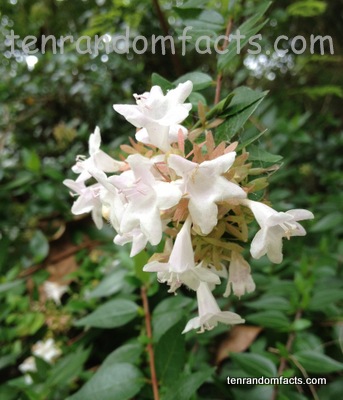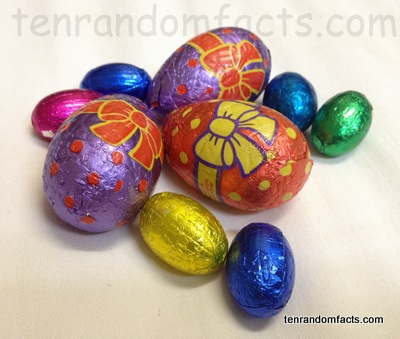
Run, run, run, leap over the beam!
- High jump is an athletic event where one must jump, from only one foot, over a supported bar which is raised higher as the competition goes on.
- If the jumper doesn’t make it over, or knocks off the high jump bar, the jumper gains a foul.
- The earliest record of a high jump event was in the 1800s, in Scotland.
- Some high jumpers wear spiked shoes that help maintain stability on take off, and make it more comfortable.
- Most high jumpers run at the bar at a 30 or 40 degree angle.

High Jump
Image courtesy of Joe Cortina/Flickr
- The current high jump world records are held by Javier Sotomayor from Cuba, (1993) with 2.45 meters (8.03 feet) for the male record, and Stefka Kostadinova from Bulgaria, the female record holder, (1987) with 2.09 meters (6.85 feet).
- High jump has been included in the Olympic games since 1896.
- Once high jumpers have failed to make it over the bar three times in a row, they are no longer able to compete.
- There are a choice of two main techniques when high jumping: the Scissor Style, and the Fosbury Flop.
- The winner of a high jump competition is the person who was able to complete a jump over the bar at the greatest height.














